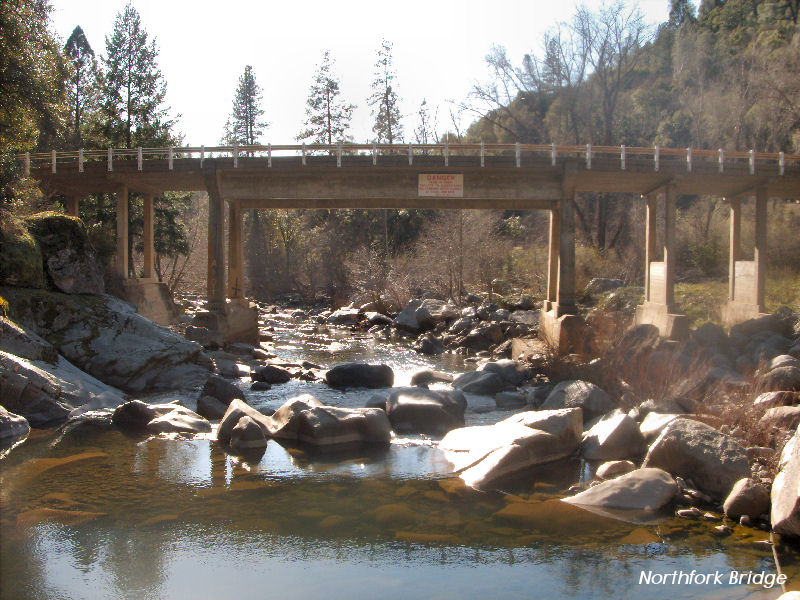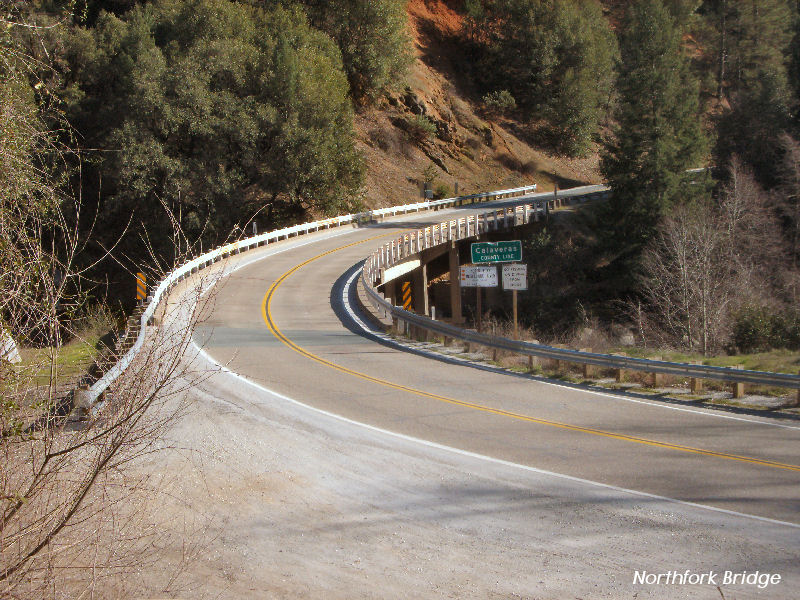





|
|
Contreras, Amador County Ghost Town | ||
|
Contreras had a population of from fifteen hundred to two thousand along a fold of the ravine from the locale of the Defender Mine right down to the river. The mine is located one half mile southeast of Pioneer Station. The mine was worked intermittrently under lease from 1900's to 1938. Between $20,000 and $30,000 of gold was produced during the 1930's. |
|
|
|
Contreras was about a half-mile north of the North Fork of the Mokelumne River, which located the old town at river's edge, beneath the arch or lop of the old wagon road to West Point. The new road appears to follow the line of the old very closely. |
||
|
Contreras was built and operated by the founder of the town, Senor Contreras, and was the scene of grand balls and revues presided over by his lady and his beautiful daughters. Repeated references are extant, and from mutually supporting sources, affirming the beauty and grace of the distaff side of the family and the high moral character of the entire unit. One comes upon this statement of fact again and again, like a gold thread in a silk tapestry. |
|
|
This is the more remarkable when seen against the black backdrop of the eviction of the settlers from the Arroyo Seco, the Rancheria Massacre, the murdering terrorism perpetrated upon the peaceful Mexican population, and the boiling hatreds and prejudices not yet cooled from the Mexican War. The family was held in well-deserved affectionate regard and was even accorded a measure of respect by the rowdy and turbulent elements of the community |
|
|
|
Excerpt Ledeger Dispatch - Feb 14, 1902 |
|

| ||
|
Information, photographs courtesy of the Amador County Archives, The Historical Marker Database, The Chronicling America Database, and Larry Cenotto, Amador County's Historian CONTACT US
|
||



